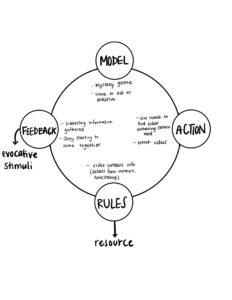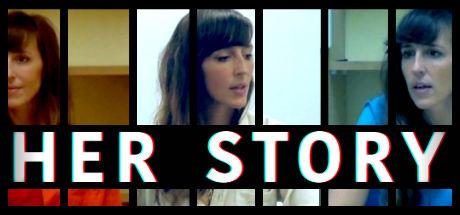Her Story is a famous mystery game by Sam Barlow. The game revolves around the fictional story of a woman accused of her husband’s murder. With access to a police database of video clips from police interrogations, players become detectives and are tasked with the goal of finding out who committed the murder. The target audience is likely crime show enthusiasts who relish the chance to play detective.
I appreciated how immersive the experience was and how the “digital setting” – an old police computer and database – served to make the player feel like the detective solving a real murder. Every detail, from the varied .txt files to the click-clacking of the keyboard (creates some fun of sensation) when typing out notes, contributed to the continuity of the experience and created the fun of discovery. Additionally, the system needs to be explored and is somewhat unintuitive and requires the user to try different interactions and figure out how to navigate the UI to mine for clues. The video clips are short which lead to the need to review many of them and be creative and strategic in coming up with the search term(s). This contributes to the fun of challenge.
Her Story has both loops and arcs. I’ve included a diagram below to help visualize the overarching loop that exists in the game. To summarize, the player starts out as a detective with the aim of finding clues and gaining clarity about the murder. In order to do this, the player must use the police database to find videos containing specific terms. Video clips can then be watched (over and over if needed), and there is space for players to jot down notes about the video’s content or save the video for later. These videos are the most important resource that help the “detective” piece together the events that led to the murder and who was responsible for the heinous crime. Players have to parse through the videos and find the ones that reveal the needed information. This loop continues over and over again until the player has found the videos with the evidence that allow them to solve the mystery and end the game.
There is an arc that exists within this loop framework. I would argue that the loop above “breaks” to become an arc for each specific word choice that is used to search. Every time a player searches a term, watches the videos that come up, and saves the most important videos, there is no need to search that specific term again, leaving them free to move on and focus on a different word. They go through the same process (the loop) but with a different word (each word is an “arc”).
The narrative is forefront and unfolding throughout the whole game as the player interacts with the system as a detective seeking to find the murderer and bring justice.




